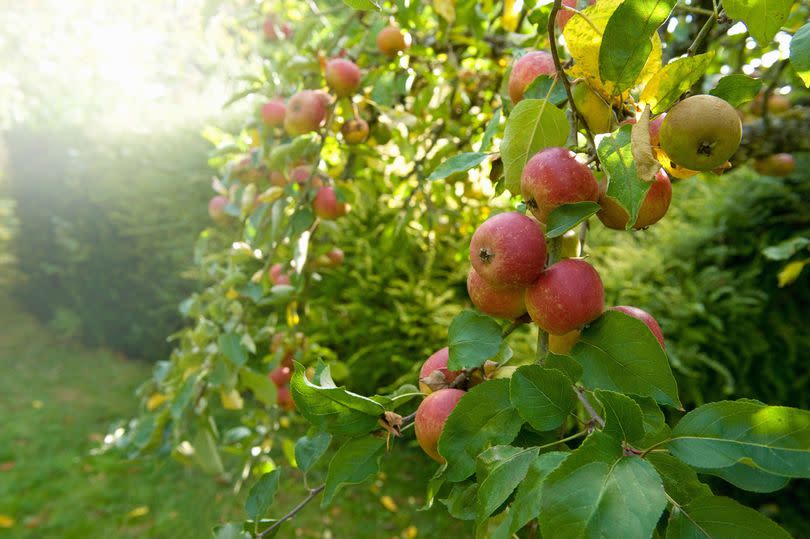Monty Don names four plants that must be pruned now for 'repeat flowering'

Pruning is often seen as a winter chore for gardeners, but there are loads of great reasons to get your secateurs out in July.
It's now the ideal time for restorative pruning. If you've over-pruned or pruned badly earlier in the year, you can correct those errors now.
Summer is also a good time to check out the plant's health. You can see exactly what you're lopping off, such as old and dead branches.
But you need to be careful not to be too brutal with the pruning in summer as major structural pruning should wait until the plant is dormant in winter. Get it wrong and you'll stress the plant as you might accidentally cut off valuable buds.
To nudge you in the right direction, top TV green-fingered expert Monty Don has shared his advice on how best to prune four plants that need doing this month, reports the Express.
What plants to prune in July
1. Early-flowering perennials
Firstly, early flowering perennials such as oriental poppies, delphiniums and hardy geraniums should "all be cut back to the ground" if you want them to show "fresh regrowth and repeat flowering" later in the summer, says Monty.
What's more, by doing this, you'll make space for tender annuals and perennials in your borders.
Monty advises us to move all the cut stuff to the compost heap, weed around the base of whatever you're pruning, give them water if they're looking thirsty and keep other plants well away so they have the light and elbow room to grow back and bloom again come the end of summer.
2. Rambling roses
Gardeners are being urged to keep on top of their roses, especially deadheading as the petals fade to "encourage repeat flowering". However, it's worth noting that some roses have completed their blooming for the year.
Most ramblers fall into this category and should be pruned promptly after they've finished their display.
For those unsure whether they're tending to a climber or a rambler, it's key to remember that "ramblers tend to be much more vigorous and always have a mass of small flowers that never repeat" once their season ends.
3. Apples and pear trees
When it comes to apple and pear trees, summer pruning can be "very useful", particularly for trained shapes or older trees that need thinning out.
This type of pruning, unlike the winter variety, won't cause aggressive new growth. Monty Don advises: "Remove all this year's growth back to a couple of pairs of leaves (usually about two to four inches) being careful not to remove any ripening fruits."
Doing so now will help sunlight and air reach the maturing fruit and prevent the tree from becoming overly dense with non-fruiting branches.
4. Currants
Don't forget currants. after harvesting gooseberries and red and white currants, giving them a "summer prune" is beneficial.
To do so, gardeners should remove any new growth that is crowding the centre of the bushes and trim back the new shoots they wish to keep by about a third. This will allow light and air into the plant, encouraging the wood to ripen and spurs to form which will bear next year's fruits.
Blackcurrants can be pruned hard - with up to a third of each bush removed - immediately after harvest.
Don't miss the latest news from around Scotland and beyond. Sign up to our daily newsletter here.

 Yahoo News
Yahoo News 
